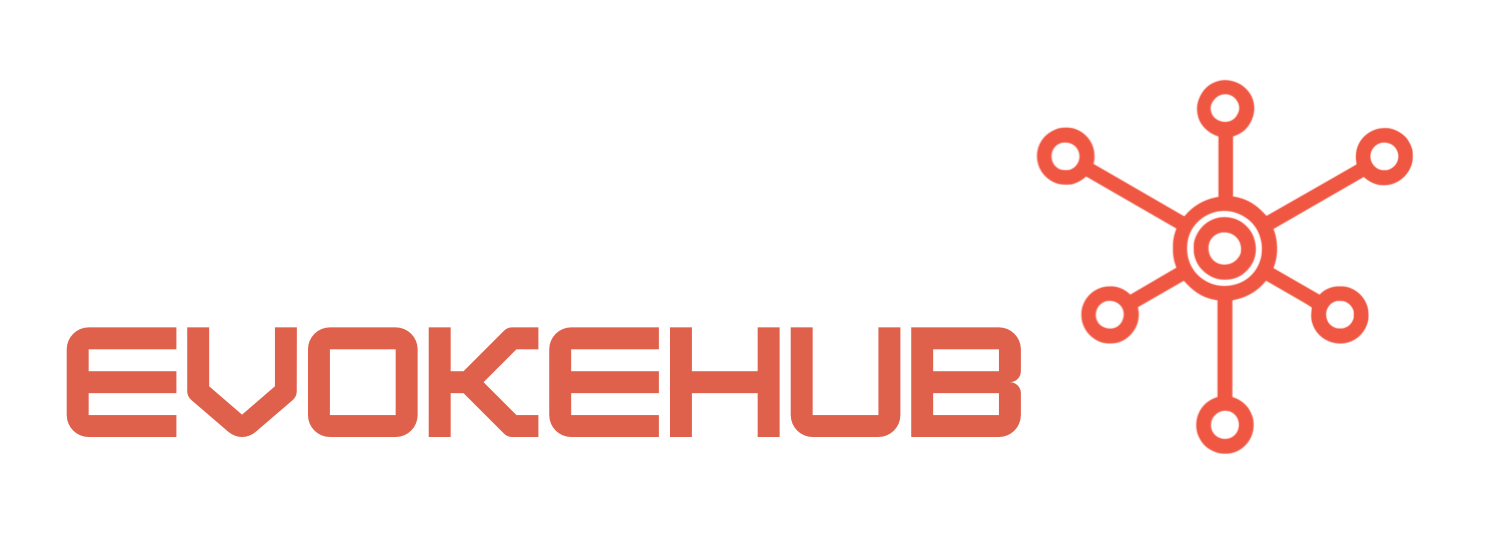Understanding Replicate’s Strengths in App Development Tools
Replicate offers a user-friendly platform that allows developers to easily deploy machine learning models without requiring extensive infrastructure or technical expertise. Its intuitive interface simplifies the integration of complex models into applications, making it accessible for both novice and experienced developers. This ease of use is a significant strength, as it enables teams to focus more on application functionality rather than the intricacies of model deployment.
Another key strength of Replicate is its extensive library of pre-built models. Developers can leverage existing models for tasks like image recognition, natural language processing, and more, significantly reducing the time and effort needed to train models from scratch. This repository not only accelerates the development process but also fosters innovation, as developers can experiment with various models and refine their applications based on real-time results.
Furthermore, Replicate’s commitment to community-driven development means that users can contribute to and benefit from a collaborative ecosystem. The platform encourages sharing and iterating on models, which can lead to faster advancements and diverse solutions in app development. This collaborative spirit enhances the overall user experience and fosters creativity, making Replicate a valuable asset for developers aiming to stay ahead of the curve.
Comparative Analysis: Replicate vs. Leading AI Solutions
When evaluating Replicate against other leading AI tools, such as TensorFlow, PyTorch, and OpenAI’s suite of technologies, it’s essential to consider various factors like usability, scalability, and community support. TensorFlow, for example, is known for its robustness and flexibility, making it suitable for complex projects. However, its steep learning curve can be a barrier for less experienced developers. In contrast, Replicate simplifies the deployment process, allowing users to integrate sophisticated models without the overhead of extensive training.
In terms of scalability, both Replicate and PyTorch offer efficient solutions for handling large datasets and complex models. However, PyTorch often excels in research and experimentation, thanks to its dynamic computation graphs. Developers focused on experimentation might find PyTorch to be a more powerful option. Nevertheless, Replicate’s streamlined deployment process can significantly reduce the time it takes to bring a model from development to production, making it appealing for rapid app development cycles.
Community support is another critical factor in choosing the right AI tool. TensorFlow and PyTorch boast large ecosystems with extensive resources, tutorials, and forums. While Replicate’s community is growing, it may not yet rival the breadth of support available for more established platforms. However, Replicate’s emphasis on collaborative development may soon attract more contributors and resources, bridging this gap. As each tool brings its strengths and weaknesses to the table, developers must assess their specific needs to choose the most suitable solution.
In conclusion, evaluating Replicate in the context of other AI tools reveals a platform that excels in usability and integration for app development. While it may not yet match the extensive features or community support of giants like TensorFlow and PyTorch, Replicate’s strengths in rapid deployment and a collaborative ecosystem make it a compelling choice for many software developers. As the field of AI continues to evolve, keeping an eye on how these tools adapt and improve will be crucial for developers seeking to leverage technology in their applications. For more information on Replicate, consider visiting Replicate’s official site and explore community discussions to understand its growing ecosystem.




